class: center, middle, inverse, title-slide .title[ # The shape of things to come ] .subtitle[ ## Topological Data Analysis and Plant Biology ] .author[ ### <strong>Erik Amézquita</strong> <br> - <br> Computational Mathematics, Science, and Engineering <br> Michigan State University <br> - ] .date[ ### 2022-11-15 ] --- background-image: url("../../img/endlessforms.png") background-size: 150px background-position: 89% 7% class: inverse # Plant morphology <div class="row"> <div class="column" style="max-width:50%"> <iframe width="375" height="210" src="https://www.youtube-nocookie.com/embed/oM9kAq0PBvw?controls=0" frameborder="0" allow="accelerometer; autoplay; encrypted-media; gyroscope; picture-in-picture" allowfullscreen></iframe> <iframe width="375" height="210" src="https://www.youtube-nocookie.com/embed/V39K58evWlU?controls=0" frameborder="0" allow="accelerometer; autoplay; encrypted-media; gyroscope; picture-in-picture" allowfullscreen></iframe> </div> <div class="column" style="max-width:50%"> <iframe width="375" height="210" src="https://www.youtube-nocookie.com/embed/4GBgPIEDoa0?controls=0" frameborder="0" allow="accelerometer; autoplay; encrypted-media; gyroscope; picture-in-picture" allowfullscreen></iframe> <iframe width="375" height="210" src="https://www.youtube-nocookie.com/embed/qkOjHHuoUhA?controls=0" frameborder="0" allow="accelerometer; autoplay; encrypted-media; gyroscope; picture-in-picture" allowfullscreen></iframe> </div> </div> <p style="font-size: 24px; text-align: right; font-family: 'Yanone Kaffeesatz'">Check out more 3D X-ray CT scans at <a href="https://www.youtube.com/@endlessforms6756">youtube.com/@endlessforms6756</a></p> --- # Traditional Morphometry <img src="https://nph.onlinelibrary.wiley.com/cms/asset/e0e8b362-efee-410a-a293-947c2d57acb9/nph16286-fig-0003-m.jpg" width="650" style="display: block; margin: auto;" /> <p style="font-size: 10px; text-align: right; color: Grey;"> Credits: <a href="https://doi.org/10.1111/nph.16286">Gupta <em>et al.</em> (2019)</a></p> --- # Modern Morphometric Methods might not be enough .pull-left[ Elliptical Fourier Descriptor (EFD) 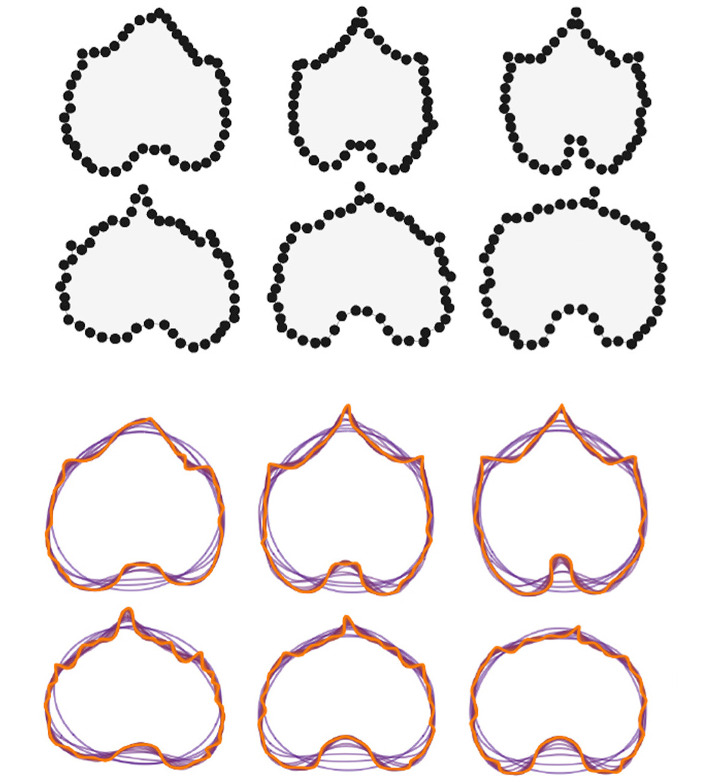 <p style="font-size: 10px; text-align: right; color: Grey;"> Credits: <a href="https://doi.org/10.1016/j.cub.2016.02.033">Chitwood and Sinha (2016)</a></p> ] .pull-right[ Landmark-based morphometrics (GMM) 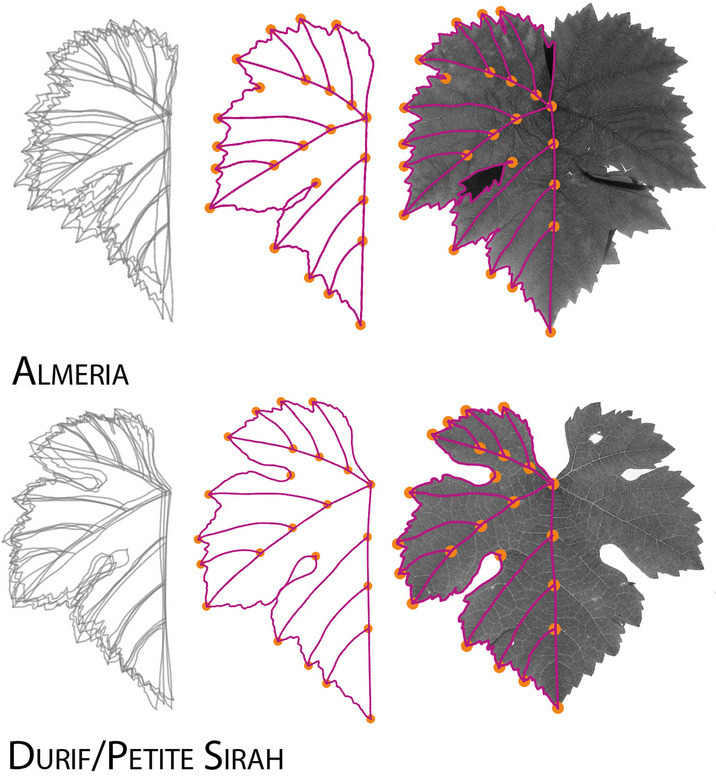 <p style="font-size: 10px; text-align: right; color: Grey;"> Credits: <a href=" https://doi.org/10.1002/ppp3.10157">Chitwood (2020)</a></p> ] --- class: inverse # Something more robust is needed <div class="row"> <div class="column" style="max-width:50%"> <iframe width="375" height="210" src="https://www.youtube-nocookie.com/embed/j0R9mMs5E50?controls=0" title="YouTube video player" frameborder="0" allow="accelerometer; autoplay; clipboard-write; encrypted-media; gyroscope; picture-in-picture" allowfullscreen></iframe> <iframe width="375" height="210" src="https://www.youtube-nocookie.com/embed/2FmwkEA3tsY?controls=0" title="YouTube video player" frameborder="0" allow="accelerometer; autoplay; clipboard-write; encrypted-media; gyroscope; picture-in-picture" allowfullscreen></iframe> </div> <div class="column" style="max-width:50%"> <iframe width="375" height="210" src="https://www.youtube-nocookie.com/embed/vxcSZsCs5BU?controls=0" title="YouTube video player" frameborder="0" allow="accelerometer; autoplay; clipboard-write; encrypted-media; gyroscope; picture-in-picture" allowfullscreen></iframe> <iframe width="375" height="210" src="https://www.youtube-nocookie.com/embed/KXt-C-_OA3o?controls=0" title="YouTube video player" frameborder="0" allow="accelerometer; autoplay; clipboard-write; encrypted-media; gyroscope; picture-in-picture" allowfullscreen></iframe> </div> </div> --- # Topological Data Analysis (TDA) <div class="row"> <div class="column" style="max-width:25%; font-size: 15px;"> <img style="padding: 25px 0 35px 0;" src="../figs/S019_L0_1.gif"> <p style="font-size: 25px; text-align: center; color: DarkRed;"> Raw Data </p> <ul> <li> X-ray CT </li> <li> Point clouds </li> <li> Time series </li> <ul> </div> <div class="column" style="max-width:40%; padding: 0 25px 0 25px; font-size: 15px;"> <img src="../figs/ecc_X.gif"> <p style="font-size: 23px; text-align: center; color: DarkRed;"> Topological Summary </p> <ul> <li> Euler Characteristic </li> <li> Persistence diagrams </li> <li> Mapper/Reeb graphs </li> <ul> </div> <div class="column" style="max-width:35%; font-size: 15px;"> <img src="../figs/svm_mds_ect.gif"> <p style="font-size: 25px; text-align: center; color: DarkRed;"> Analysis </p> <ul> <li> Statistics </li> <li> Machine learning </li> <li> Classification/prediction </li> <ul> </div> </div> --- background-image: url("../../img/cmse_logo.svg") background-size: 150px background-position: 1% 50% class: center # My research: Crossing and merging bridges <div class="row"> <div class="column" style="width:15%"> </div> <div class="column" style="max-width:15%"> <a href="https://doi.org/10.1093/insilicoplants/diab033" target="_blank"><img style="padding: 0 0 0 0;" src="../figs/S017_L3_1.gif"></a> </div> <div class="column" style="max-width:18%"> <a href="https://doi.org/10.1002/ppp3.10333" target="_blank"><img style="padding: 0 0 0 0;" src="../../citrus/figs/SR01_L01_black_exocarp.gif"></a> </div> <div class="column" style="max-width:25%"> <img style="padding: 0 0 0 0;" src="../../arabidopsis/figs/Day7_110921_U112-3_pot0_leaf_X.gif"> </div> <div class="column" style="max-width:25%"> <img style="padding: 0 0 0 0;" src="../../walnuts/figs/2014SBa_R5_T81_meat_2.gif"> </div> </div> <div class="row"> <div class="column" style="width:15%"> </div> <div class="column" style="max-width:28%"> <a href="https://plantsandpython.github.io/PlantsAndPython/00_Opening_page.html" target="_blank"><img style="padding: 0 0 0 0;" src="../../tutorials/figs/plants_and_python_group_photo.jpg"></a> </div> <div class="column" style="max-width:60%"> <a href="https://doi.org/10.1101/2022.10.15.512190" target="_blank"><img style="padding: 0 0 0 0;" src="../../journal_diversity/figs/frequencies_globe_inv.jpg"></a> </div> </div> <div class="list" style="font-size: 10px; text-align: left;"> <ul> <li>R.A. Marks <em>et al.</em> (2022) Global disparities in plant science: a legacy of colonialism, patriarchy, and exclusion. DOI: <a href="https://doi.org/10.1101/2022.10.15.512190" target="_blank">10.1101/2022.10.15.512190</a></li> <li><strong>E.A.</strong> <em>et al.</em> (2022) The shape of aroma: measuring and modeling citrus oil gland distribution. <a href="https://doi.org/10.1002/ppp3.10333" target="_blank">DOI: 10.1002/ppp3.10333</a></li> <li>R. VanBuren <em>et al.</em> (2022) Teaching Tools in Plant Biology. Plants and Python, Coding from Scratch in the Plant Sciences. <a href="https://doi.org/10.1093/plcell/koac187" target="_blank">DOI: 10.1093/plcell/koac187</a>.</li> <li><strong>E.A.</strong> <em>et al.</em> (2021) Measuring hidden phenotype: Quantifying the shape of barley seeds using the Euler Characteristic Transform. <a href="https://doi.org/10.1093/insilicoplants/diab033" target="_blank">DOI: 10.1093/insilicoplants/diab033</a></li> </ul> </div> --- background-image: url("../figs/seed.png") background-size: 325px background-position: 99% 99% # Roadmap for today ### Split into modules 1. Survey of TDA in biology applications 1. The Euler Characteristic Transform 1. Quantifying barley morphology using TDA 1. Modeling citrus fruit shape and oil glands 1. Directional statistics and ideas 1. Teaser of ongoing projects --- class: inverse, middle, center # 1. TDA meets biology in a number of ways ## Shape is data and data is shape ### The significance of detecting connected components and holes --- # 1st TDA Ingredient: Complexes - Think the data as a collection of elementary building blocks ( _cells_ ) Vertices | Edges | Faces | Cubes ---------|-------|-------|------- 0-dim | 1-dim | 2-dim | 3-dim - A collection of cells is a _cubical complex_ - Count the number of topological features ( _holes_ ): Connected components | Loops | Voids ---------------------|-------|------- 0-dim | 1-dim | 2-dim - Example with 2 connected components, 1 loop, 0 voids <img src="../../tda/figs/binary_to_cubical_complex_textless.svg" width="500" style="display: block; margin: auto;" /> --- # 2nd TDA Ingredient: Filters - Each cell is assigned a real value which defines how the complex is constructed. - Observe how the number of topological features change as the complex grows. .pull-left[ <img src="../figs/eigcurv_filter.gif" width="250px" style="display: block; margin: auto;" /><img src="../figs/gaussian_density_filter.gif" width="250px" style="display: block; margin: auto;" /> ] .pull-right[ <img src="../figs/eccentricity_filter.gif" width="250px" style="display: block; margin: auto;" /><img src="../figs/vrips_ver2.gif" width="250px" style="display: block; margin: auto;" /> ] --- ## Example 1 ### Detecting holes → detect cancerous tissue .pull-left[  ] .pull-right[  ] <p style="font-size: 10px; text-align: right; color: Grey;"> Credits: <a href="https://doi.org/10.1016/j.media.2019.03.014">Qaiser <em>et al.</em> (2019)</a></p> --- ## Example 2 ### Detect holes → detect reassortment and horizontal evolution .pull-left[  ] .pull-right[  ] <p style="font-size: 10px; text-align: right; color: Grey;"> Credits: <a href="https://doi.org/10.1073/pnas.1313480110">Chan <em>et al.</em> (2013)</a></p> --- ## Example 3 ### Detect holes → detect open and closed conformations .pull-left[   ] .pull-right[  ] <p style="font-size: 10px; text-align: right; color: Grey;"> Credits: <a href="https://doi.org/10.1515/sagmb-2015-0057">Kovacev-Nikolic <em>et al.</em> (2016)</a></p> --- ## Example 4 ### Detect connected components across slices → detect panicle structure <img src="https://media.springernature.com/original/springer-static/image/chp%3A10.1007%2F978-3-030-20867-7_7/MediaObjects/484957_1_En_7_Fig1_HTML.png" width="375" style="display: block; margin: auto;" /> <p style="font-size: 10px; text-align: right; color: Grey;"> Credits: <a href="https://doi.org/10.1007/978-3-030-20867-7_7">Chitwood <em>et al.</em> (2019)</a></p> --- ## Example 5 ### Detect componets across the morphospace → detect leaf development <img src="https://www.egr.msu.edu/~amezqui3/tda/figs/g86.png" width="450" style="display: block; margin: auto;" /> <p style="font-size: 10px; text-align: right; color: Grey;"> Credits: Percival <em>et al.</em> (in preparation)</p> --- # Advertisement - More content, references, and examples > Amézquita _et al._ (2020) "The shape of things to come: Topological data analysis and biology, from molecules to organisms". _Developmental Dynamics_ **249**(7) pp. 816-833. DOI: [10.1002/dvdy.175](https://doi.org/10.1002/dvdy.175)  --- background-image: url("../figs/turner_etal_2014.png") background-size: 400px background-position: 50% 95% class: inverse, middle, center # 2. Foucusing on the Euler Characteristic ## The Euler Characteristic Transform (ECT) --- # Topology: The Euler characteristic `\(\chi\)` `$$\chi = \#(\text{Vertices}) - \#(\text{Edges}) + \#(\text{Faces}).$$` <div class="row"> <div class="column" style="width:5%"> </div> <div class="column" style="max-width:30%"> <img style="padding: 0 0 0 0;" src="https://upload.wikimedia.org/wikipedia/commons/7/70/Tetrahedron.gif"> </div> <div class="column" style="max-width:30%"> <img style="padding: 0 0 0 0;" src="https://upload.wikimedia.org/wikipedia/commons/4/48/Hexahedron.gif"> </div> <div class="column" style="max-width:30%"> <img style="padding: 0 0 0 0;" src="https://upload.wikimedia.org/wikipedia/commons/1/14/Octahedron.gif"> </div> <div class="column" style="width:5%"> </div> </div> <div class="row"> <div class="column" style="width:5%"> </div> <div class="column" style="max-width:30%"> <img style="padding: 0 0 0 0;" src="https://upload.wikimedia.org/wikipedia/commons/7/73/Dodecahedron.gif"> </div> <div class="column" style="max-width:30%"> <img style="padding: 0 0 0 0;" src="https://upload.wikimedia.org/wikipedia/commons/e/e2/Icosahedron.gif"> </div> <div class="column" style="max-width:30%"> <p style="padding: 50px 0 0 10px; font-size: 48px; text-align: center; color: #18453B; line-height: 1.25; font-family: 'Yanone Kaffeesatz';"> V - E + F = 2</p> </div> <div class="column" style="width:5%"> </div> </div> --- background-image: url("../figs/ecc_ver2.gif") background-size: 750px background-position: 50% 90% # Euler Characteristic Curve (ECC) - Consider a cubical complex `\(X\subset\mathbb{R}^d\)` - And a unit-length direction `\(\nu\in S^{d-1}\)` - And the subcomplex containing all cubical cells below height `\(h\)` in the direction `\(\nu\)` `$$X(\nu)_h =\{\Delta \in X\::\:\langle x,\nu\rangle\leq h\text{ for all }x\in\Delta\}$$` - The Euler Characteristic Curve (ECC) of direction `\(\nu\)` is defined as the sequence `$$\{\chi(X(\nu)_h)\}_{h\in\mathbb{R}}$$` --- background-image: url("../figs/ect_ver2.gif") background-size: 800px background-position: 50% 88% ## Euler Characteristic Transform (ECT) - Repeat and concatenate for all possible directions. $$ `\begin{split} ECT(X):\; & S^{d-1} \to \mathbb{Z}^{\mathbb{R}}\\ &\nu\mapsto\{\chi(X(\nu)_h)\}_{h\in\mathbb{R}}. \end{split}` $$ - [**Theorem** (Turner, Mukherjee, Boyer 2014) & (Curry, Mukherjee, Turner, 2018)](http://arxiv.org/abs/1805.09782): The ECT is injective with a finite bound of necessary directions. --- # More on the ECT - Easy to compute: a quick alternating sum. [**Theorem _(Turner, Mukherjee, Boyer 2014)_**](https://doi.org/10.1093/imaiai/iau011): The ECT is injective for finite simplicial complexes in 3D. [**Theorem _(ibid)_**](https://arxiv.org/abs/1310.1030): The ECT is a sufficient statistic for finite simplicial complexes in 3D. *Translation:* - Given all the (infinite) ECCs corresponding to all possible directions, - *Different* simplicial complexes correspond to *different* ECTs. - The ECT effectively summarizes all possible information related to shape. There is elusive math research on computationally efficient reconstruction algorithms: - [Turner, Mukherjee, Curry (2021)](https://arxiv.org/abs/1805.09782): Finite number of directions - [Betthauser (2018)](https://people.clas.ufl.edu/peterbubenik/files/Betthauser_Thesis.pdf): 2D reconstruction - [Fasy, Micka, Millman, Schenfisch, Williams (2022)](https://arxiv.org/abs/1912.12759): 3D reconstruction Alternative takes: - [Crawford, Monod, Chen, Mukherjee, Rabadan (2020)](https://doi.org/10.1080/01621459.2019.1671198): Smooth ECT - [Jiang, Kurtek, Needham (2020)](https://openaccess.thecvf.com/content_CVPRW_2020/papers/w50/Jiang_The_Weighted_Euler_Curve_Transform_for_Shape_and_Image_Analysis_CVPRW_2020_paper.pdf): Weighted ECT --- background-image: url("../figs/amezquita_etal_2021.png") background-size: 400px background-position: 50% 95% class: inverse, middle, center # 3. Quantifying barley morphology ## Using the Euler Characteristic Transform --- class: inverse <div class="row"> <div class="column" style="max-width:44%"> <a href="https://kizilvest.ru/20150827-v-kizilskom-rajone-nachalas-uborochnaya-strada/" target="_blank"><img style="padding: 0 0 0 0;" src="../figs/barley_kizilskoye.jpg"></a> <a href="https://ipad.fas.usda.gov/highlights/2008/11/eth_25nov2008/" target="_blank"><img style="padding: 0 0 0 0;" src="../figs/barley_ethiopia.gif"></a> <a href="https://www.doi.org/10.1007/978-1-4419-0465-2_2168" target="_blank"><img style="padding: 0 0 0 0;" src="../figs/barley_historical_expansion.jpg"></a> </div> <div class="column" style="max-width:44%"> <a href="https://www.resilience.org/stories/2020-03-09/the-last-crop-before-the-desert/" target="_blank"><img style="padding: 0 0 0 0;" src="../figs/barley_morocco.jpg"></a> <a href="https://www.tibettravel.org/tibetan-culture/highland-barley.html" target="_blank"><img style="padding: 0 0 0 0;" src="../figs/barley_seed_tibet.jpg"></a> <a href="https://www.nationalgeographic.co.uk/travel/2020/05/photo-story-from-barley-fields-to-whisky-barrels-in-rural-scotland" target="_blank"><img style="padding: 0 0 0 0;" src="../figs/barley_seed_scotland_cropped.jpg"></a> </div> <div class="column" style="max-width:8%; font-size: 15px;"> <p style="text-align: center; font-size: 30px; line-height: 1em;"> <strong> Barley across the world </strong></p> <p>Kiliskoye (Chelyabinsk, Russia)</p> <p>Marchouch (Rabat, Morocco)</p> <p>Aksum (Tigray, Ethiopia)</p> <p>Salar (Tsetang, Tibet)</p> <p>Expansion of the barley. </p> <p>Turriff (Aberdeenshire, Scotland)</p> <p style="font-size:9px;line-height: 1em;">Click on any picture for more details and credits</p> </div> </div> --- background-image: url("../figs/composite_cross_v_05.png") background-size: 425px background-position: 95% 90% # Cross Composite II experiment .pull-left[ 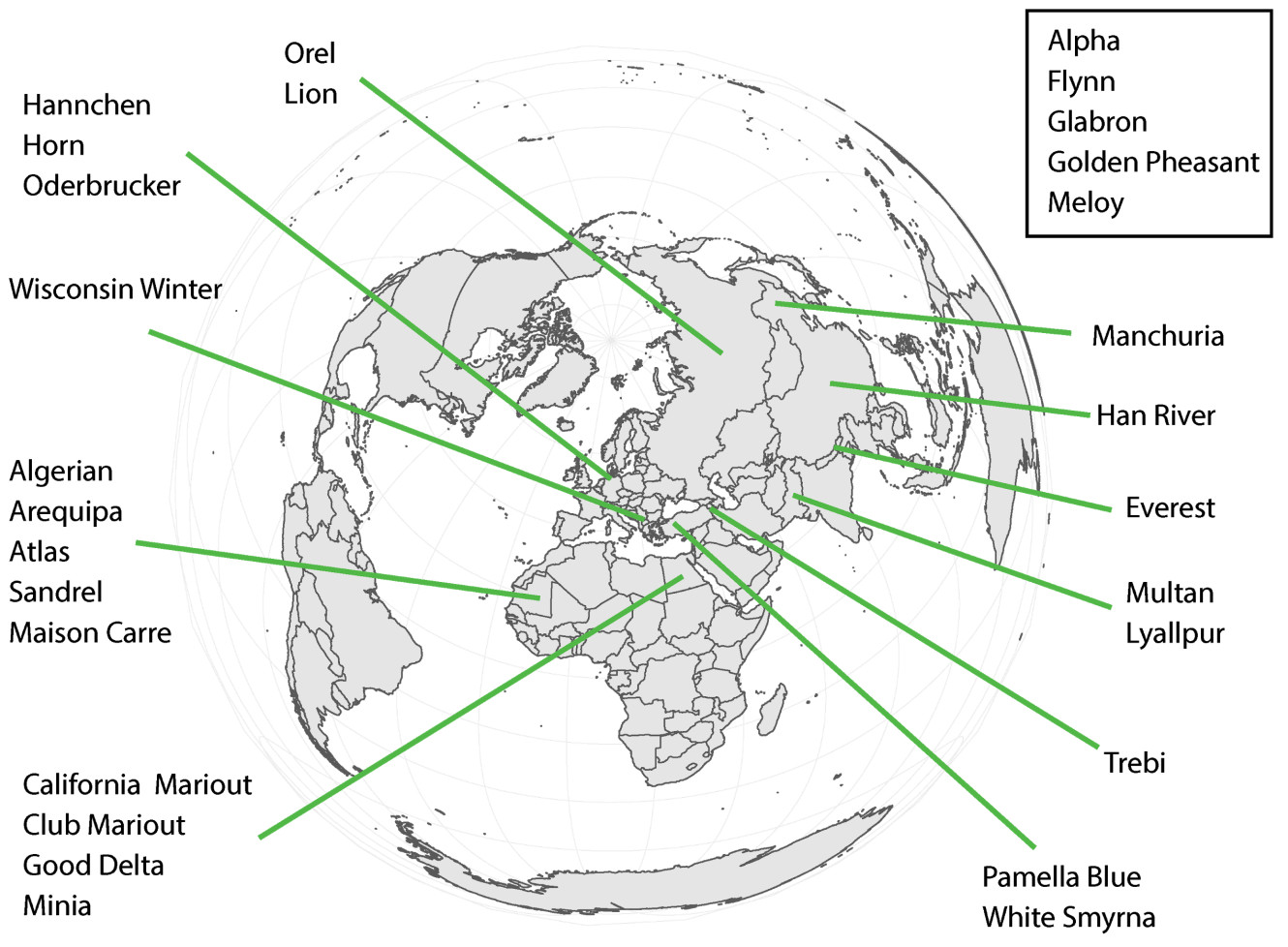 - **28 parents/accessions** `\((F_0)\)` - Do `\({28 \choose 2}\)` **hybrids** `\((F_1)\)` - **Self-fertilize** the resulting 379 hybrids - Each line grows in a different part of an open field **for 58 generations** ] .pull-right[  ] --- # Raw Data: X-rays → Image Processing <div class="row"> <div class="column" style="max-width:51%; color: Navy; font-size: 15px;"> <img style="padding: 2px 0 2px 0;" src="../figs/x3000_setup.jpg"> <p style="text-align: center;"> Proprietary X-Ray CT scan reconstruction </p> </div> <div class="column" style="max-width:17.5%; color: Navy; font-size: 15px;"> <img src="../figs/S019_L0_1.gif"> <p style="text-align: center;"> 975 spikes </p> </div> <div class="column" style="max-width:20.5%; color: Navy; font-size: 15px;"> <img src="../figs/S017_L0_seed_10_0.gif"> <p style="text-align: center;"> 38,000 seeds </p> </div> </div> <div class="row"> <div class="column" style="max-width:35%; color: Navy; font-size: 15px;"> <img style="padding: 2px 0 2px 0;" src="../figs/seed_orientation1.png"> <p style="text-align: center;"> Align all the seeds </p> </div> <div class="column" style="max-width:55%; color: Navy; font-size: 15px;"> <div class="row"> <div class="column" style="max-width:24%; color: Navy; font-size: 15px;"> <img style="padding: 2px 0 2px 0;" src="../figs/seed_outlier1.png"> </div> <div class="column" style="max-width:24%; color: Navy; font-size: 15px;"> <img style="padding: 2px 0 2px 0;" src="../figs/seed_outlier2.png"> </div> <div class="column" style="max-width:24%; color: Navy; font-size: 15px;"> <img style="padding: 2px 0 2px 0;" src="../figs/seed_outlier3.png"> </div> <div class="column" style="max-width:24%; color: Navy; font-size: 15px;"> <img style="padding: 2px 0 2px 0;" src="../figs/seed_outlier4.png"> </div> </div> <p style="text-align: center;"> Remove outliers </p> </div> </div> --- # Traditional shape descriptors <div class="row"> <div class="column" style="max-width:55%"> <img style="padding: 0 0 0 0;" src="../figs/boxplot_founders_Length.png"> <img style="padding: 0 0 0 0;" src="../figs/boxplot_founders_Area.png"> </div> <div class="column" style="max-width:45%"> <img style="padding: 0 0 0 0;" src="../figs/boxplot_all_vol_h.png"> <img style="padding: 0 0 0 0;" src="../figs/boxplot_all_length_h.png"> <img style="padding: 0 0 0 0;" src="../figs/boxplot_all_area_h.png"> </div> </div> --- background-image: url("../figs/S012_L2_Blue_33.png") background-size: 150px background-position: 99% 50% # Classification of 28 lines with SVM .pull-left[ <img src="../figs/pole_directions_p7_m12_crop.jpg" width="250" style="display: block; margin: auto;" /> ] .pull-right[ - **3121** grains in total - 158 directions - 16 thresholds per direction - Every seed is associated a `\(158\times16=2528\)`-dim vector - Dimensions reduced with UMAP ] <style type="text/css"> .tg {border-collapse:collapse;border-color:#93a1a1;border-spacing:0;margin:0px auto;} .tg td{background-color:#fdf6e3;border-bottom-width:1px;border-color:#93a1a1;border-style:solid;border-top-width:1px; border-width:0px;color:#002b36;font-family:Arial, sans-serif;font-size:14px;overflow:hidden;padding:10px 5px; word-break:normal;} .tg th{background-color:#657b83;border-bottom-width:1px;border-color:#93a1a1;border-style:solid;border-top-width:1px; border-width:0px;color:#fdf6e3;font-family:Arial, sans-serif;font-size:14px;font-weight:normal;overflow:hidden; padding:10px 5px;word-break:normal;} .tg .tg-2bhk{background-color:#eee8d5;border-color:inherit;text-align:left;vertical-align:top} .tg .tg-0pky{border-color:inherit;text-align:left;vertical-align:top} .tg .tg-gyvr{background-color:#eee8d5;border-color:inherit;font-size:100%;text-align:left;vertical-align:top} </style> <table class="tg"> <thead> <tr> <th class="tg-0pky">Shape descriptors</th> <th class="tg-0pky">No. of descriptors</th> <th class="tg-0pky">F1</th> </tr> </thead> <tbody> <tr> <td class="tg-2bhk">Traditional</td> <td class="tg-2bhk">11</td> <td class="tg-2bhk">0.55 ± 0.019</td> </tr> <tr> <td class="tg-0pky">Topological + UMAP</td> <td class="tg-0pky">12</td> <td class="tg-0pky">0.74 ± 0.016</td> </tr> <tr> <td class="tg-2bhk">Combined</td> <td class="tg-2bhk">23</td> <td class="tg-2bhk">0.86 ± 0.010</td> </tr> </tbody> </table> --- # Traditional shape descriptors 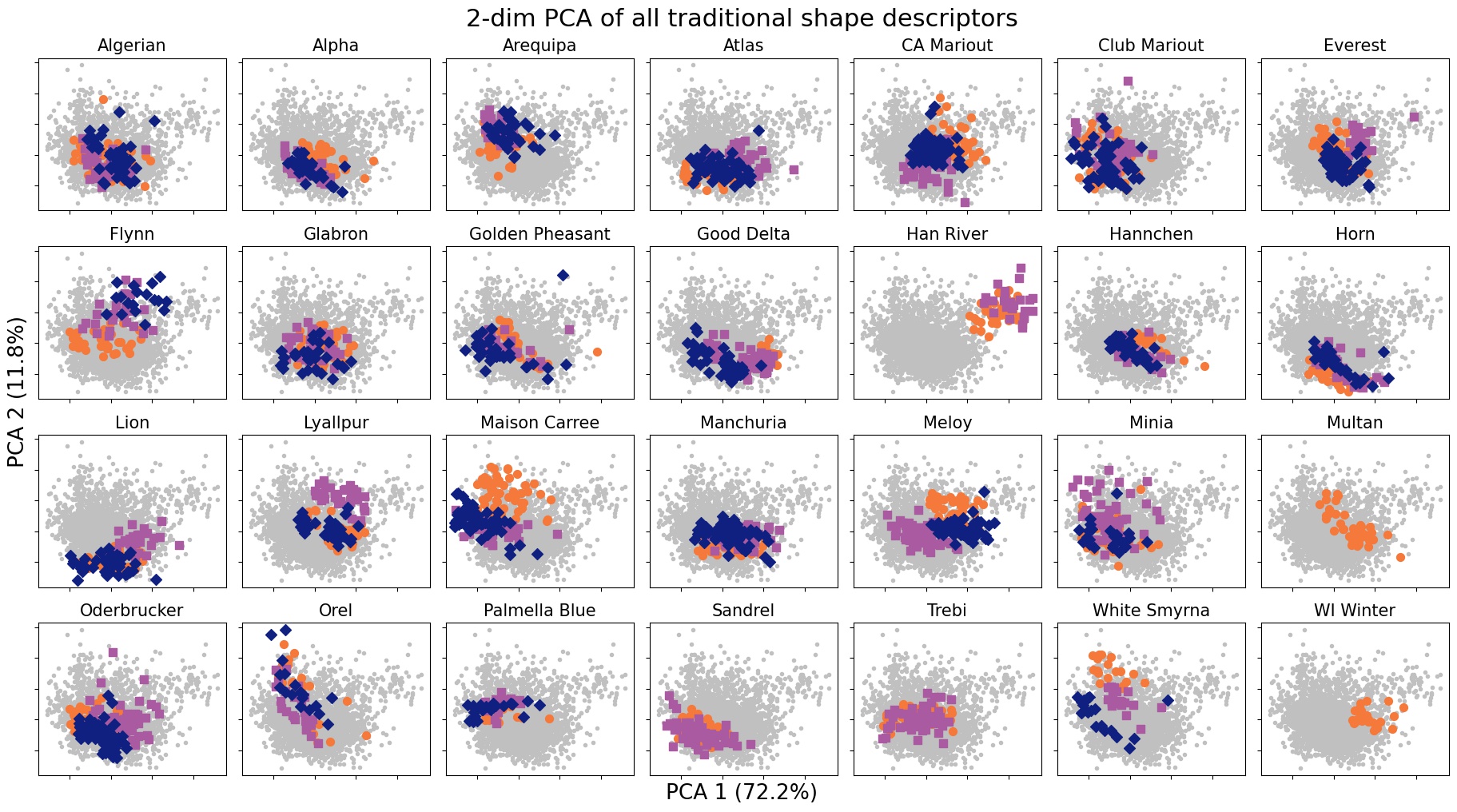 --- # Topological shape descriptors + UMAP 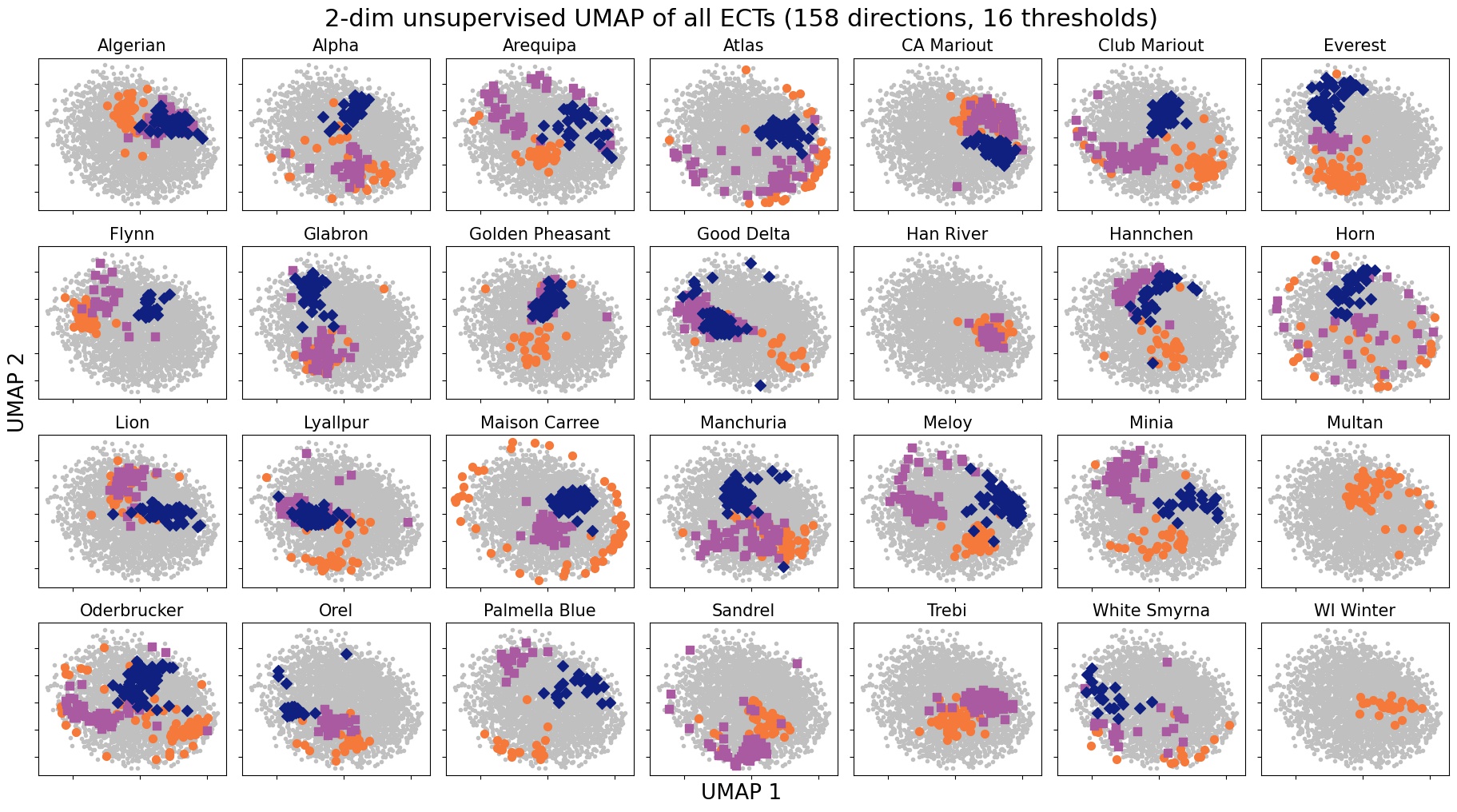 --- # Topological shape descriptors + KPCA 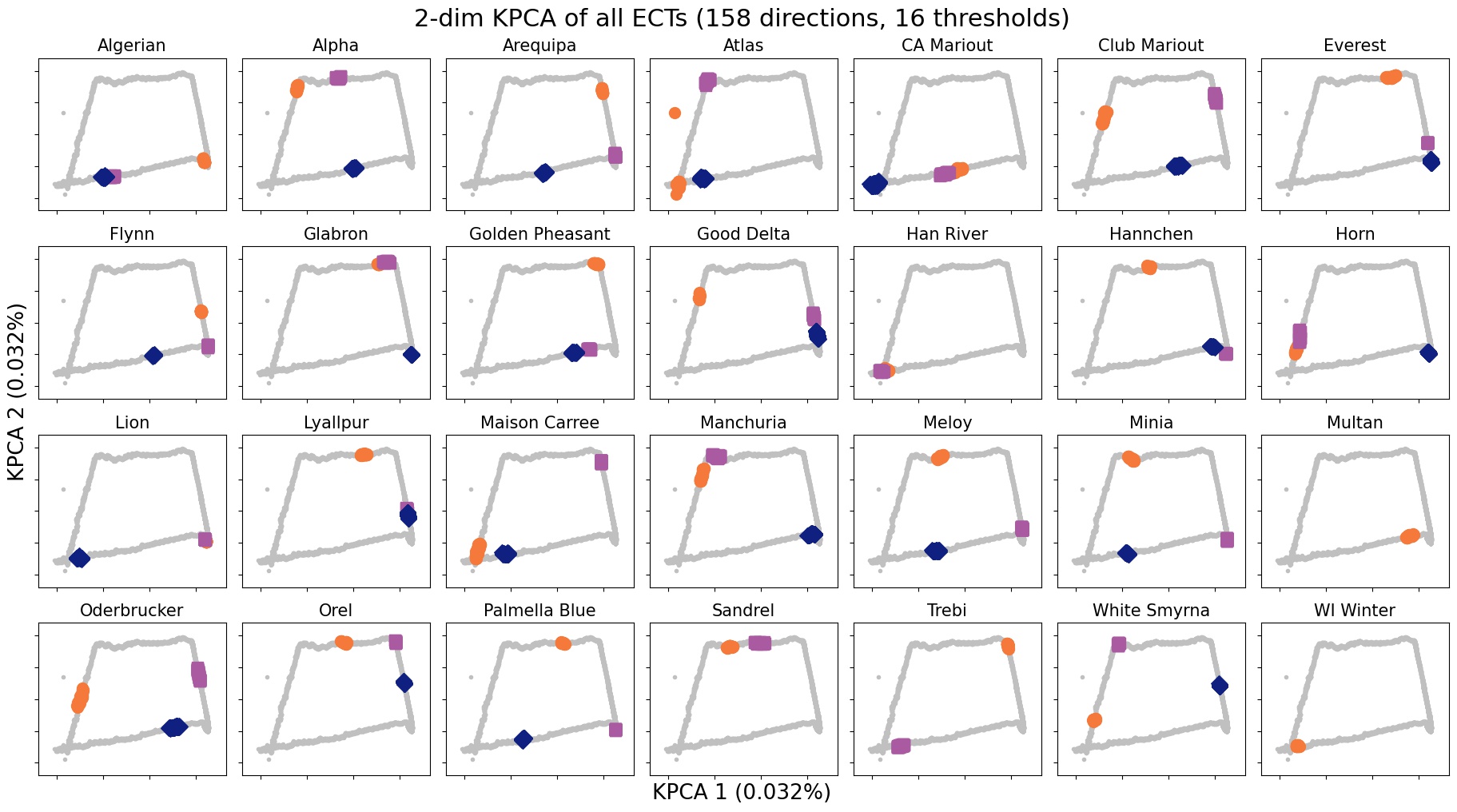 --- # Hidden topological shape information .pull-left[ - Analysis of variance to determine the most discerning directions and slices/thresholds. - The top crease on the seed is highly descriptive! <img src="../figs/kruskal_wallis_topo_summary.jpg" width="300" style="display: block; margin: auto;" /> ] .pull-right[ <img src="../figs/discerning_directions.png" width="225" style="display: block; margin: auto;" /> 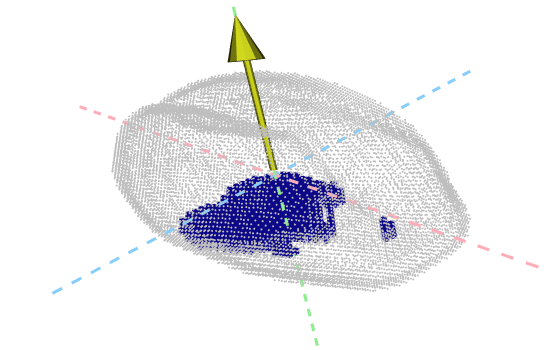 ] --- # Into semi-supervised territory - Train an SVM with 100% of the founders `\((F_0)\)` - Classify the progeny `\((F_{18}\text{ and }F_{58})\)` to detect genotype enrichment .pull-left[  ] .pull-right[  ] --- background-image: url("../figs/comparison_lines_combined_topounscaled_d158_T16_horz.png") background-size: 900px background-position: 50% 50% --- background-image: url("../../citrus/figs/ppp3.png") background-size: 400px background-position: 50% 90% class: center, inverse, middle # 5. If life gives you lemons... ## Modeling citrus oil gland distribution --- ## Think of citrus as lego blocks 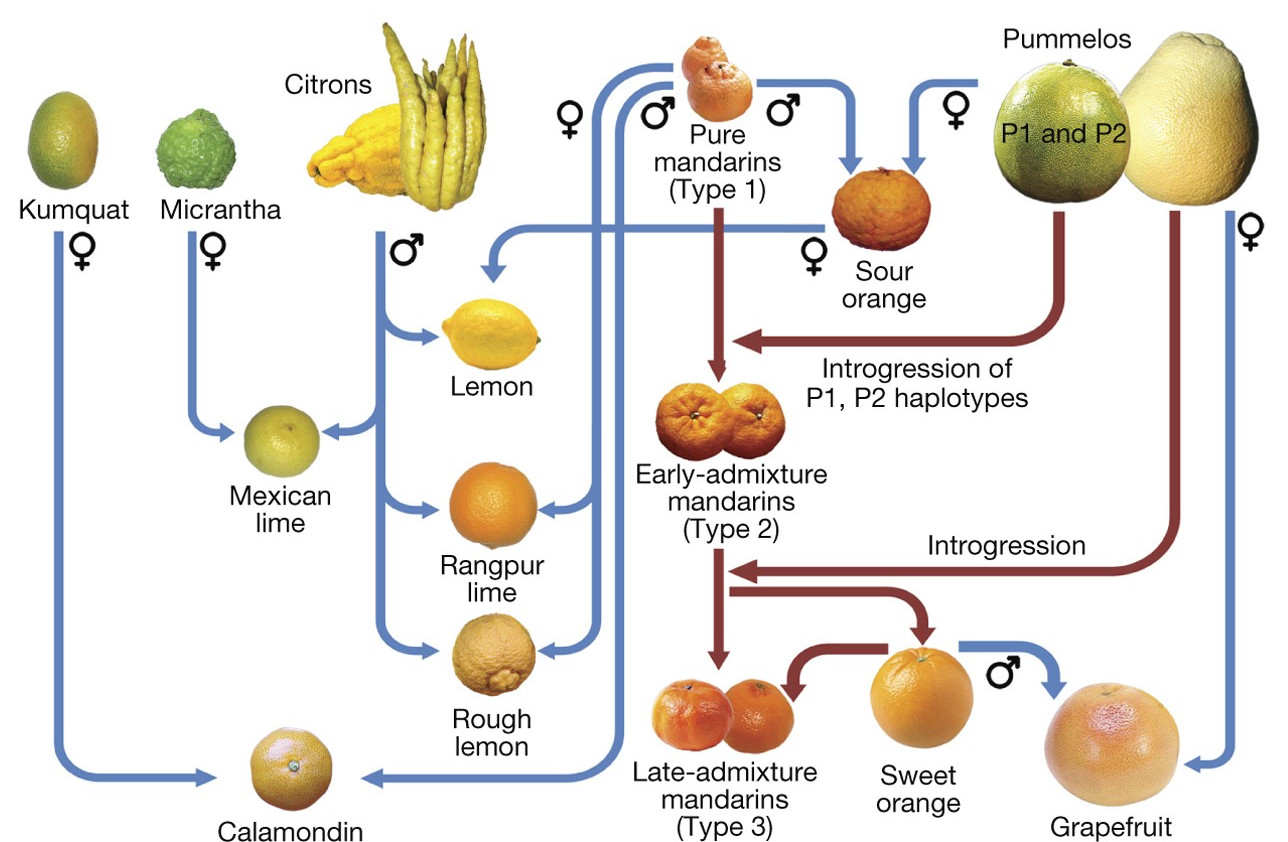 <p style="font-size: 8px; text-align: right; color: Grey;"> Credits: <a href="https://doi.org/10.1038/nature25447">Wu <em>et al.</em> (2018)</a></p> --- ## Oil glands are closely linked to fruit development .pull-left[ 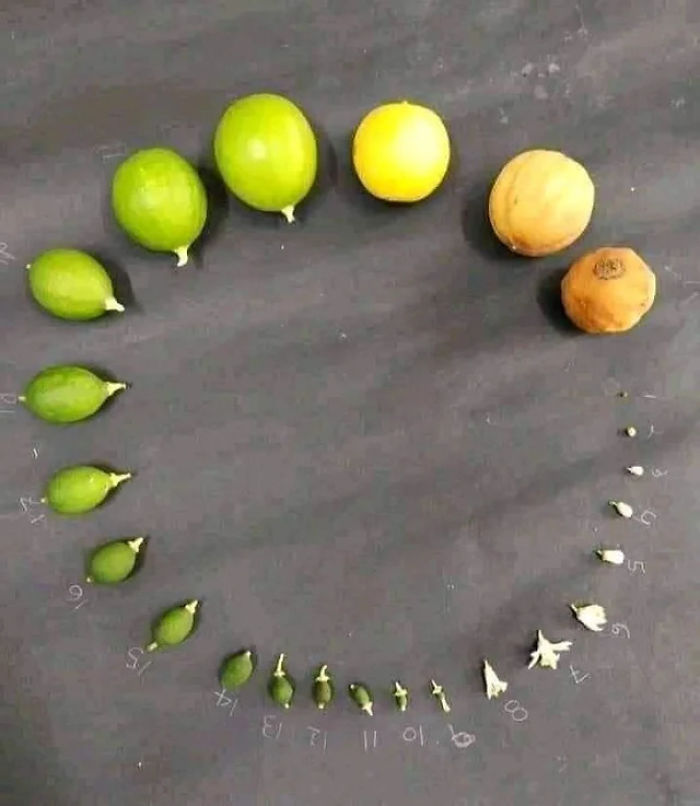 <p style="font-size: 8px; text-align: right; color: Grey;"> Credits: <a href="https://www.boredpanda.com/life-cycles-pics/">BoredPanda</a></p> Developing cycle of a lemon ] .pull-right[ <iframe width="560" height="300" src="https://static-movie-usa.glencoesoftware.com/webm/10.1073/956/d916befc88029defb1ecef6c4a2fd83db89428d9/pnas.1720809115.sm02.webm" frameborder="0" allowfullscreen></iframe> <p style="font-size: 8px; text-align: right; color: Grey;"> Credits: <a href="https://doi.org/10.1073/pnas.1720809115">Smith <em>et al.</em> (2018)</a></p> - Cross-sectional view of a navel orange peel bending to the point of jetting. - Huge perfume and food industry behind essential oils ] --- ## Raw Data: X-rays → Image Processing <div class="row"> <div class="column" style="max-width:38%; color: Navy; font-size: 15px;"> <img style="padding: 2px 0 2px 0;" src="../../citrus/crc_pics/crc_diversity.jpg"> <p style="text-align: center;"> UCR Collaboration </p> </div> <div class="column" style="max-width:38%; color: Navy; font-size: 15px;"> <img style="padding: 2px 0 2px 0;" src="../../citrus/crc_pics/citrus_xrayct_scanning.jpeg"> <p style="text-align: center;"> 3D X-Ray CT scan </p> </div> <div class="column" style="max-width:23%; color: Navy; font-size: 15px;"> <img src="../../citrus/figs/SR01_CRC3289_12B-19-9_L01_raw.gif"> <p style="text-align: center;"> Raw </p> </div> </div> <div class="row" style="margin: 0 auto;"> <div class="column" style="max-width:20%; color: Navy; font-size: 15px;"> <img src="../../citrus/figs/SR01_L01_black_spine.gif"> <p style="text-align: center;"> Spine </p> </div> <div class="column" style="max-width:20%; color: Navy; font-size: 15px;"> <img src="../../citrus/figs/SR01_L01_black_endocarp.gif"> <p style="text-align: center;"> Endocarp </p> </div> <div class="column" style="max-width:20%; color: Navy; font-size: 15px;"> <img src="../../citrus/figs/SR01_L01_black_rind.gif"> <p style="text-align: center;"> Rind </p> </div> <div class="column" style="max-width:20%; color: Navy; font-size: 15px;"> <img src="../../citrus/figs/SR01_L01_black_exocarp.gif"> <p style="text-align: center;"> Exocarp </p> </div> <div class="column" style="max-width:20%; color: Navy; font-size: 15px;"> <img src="../../citrus/figs/SR01_L01_black_oil_glands.gif"> <p style="text-align: center;"> Oil glands</p> </div> </div> --- ## The oil gland centers will be just fine .pull-left[ 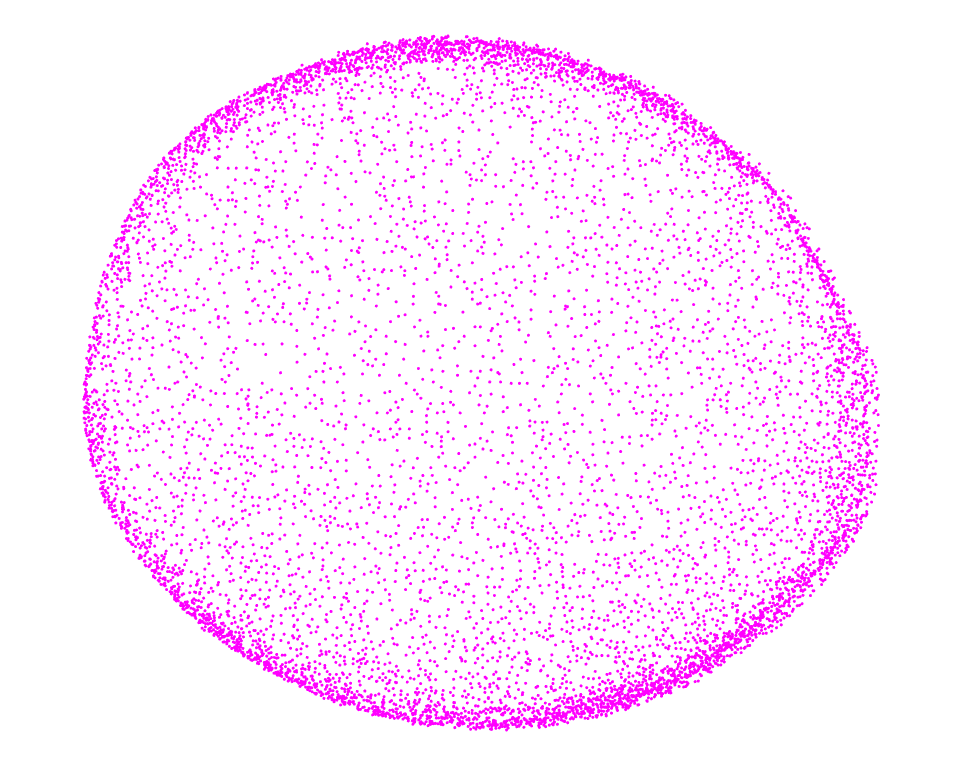 - About 6K→20K individual oil glands detected - Number in the right ballpark - **We have a typical point cloud in `\(\mathbb{R}^3\)`.** ] .pull-right[ 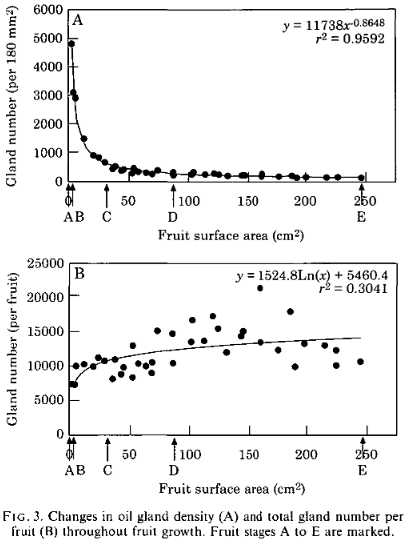 <p style="font-size: 8px; text-align: right; color: Grey;"> Credits: <a href="https://doi.org/10.1006/anbo.2001.1546">Knight <em>et al.</em> (2001)</a></p> ] --- ## Size and average distance between closest oil glands  - Smaller fruits report higher density of oil glands - Similar results when looking at the average distance between each oil gland and its 2nd, 3rd, ..., 25th nearest neighbors --- ## Average distance from each gland to its `\(k\)`-th nearest neighbor  + `\(\text{Avg.dist}(k) = \sqrt{Mk + B}\)` + Oil glands might be distributing themselves following **normal diffusion** mechanics + The **outliers** for citrus groups usually correspond to hybrids. --- background-image: url("../../citrus/figs/WR11_CR3228_12B-30-9_L02_frontal_ell_projection.jpg") background-size: 400px background-position: 50% 90% class: inverse, center, middle # Directional statistics ## Perform statistics directly on a sphere surface ### Most of the citrus are nearly spherical, anyway --- # Statistics, but on the sphere surface - It is possible to compute - Mean direction and variance - Kernel density estimation (KDE) - Parameter estimation for especific spherical distributions - Hypothesis testing - Test for uniformity - Test for symmetry - Test if two samples come from the same distribution - Directional statistics was established circa 1975 - Spherical study cases didn't really take off until very recently - Very recent support to do testing in R --- # Statistics on a ellipsoid is hard - Project geocentrically, coordinate geodetically - An ellipsoid is just an sphere under an affine transformation. <div class="row" style="margin:auto"> <div class="column" style="max-width:60%"> <img src="https://upload.wikimedia.org/wikipedia/commons/0/0e/Ellipsoid-affin.svg"> </div> <div class="column" style="max-width:10%"> <img src="https://preview.redd.it/ih6no69aj90y.png?auto=webp&s=8e4f9101f58e0812f3625a51ec65c9b7c050da75"> </div> <div class="column" style="max-width:30%"> <img src="../../citrus/figs/lambert_equal_area_N.gif"> </div> </div> <p style="font-size: 8px; text-align: right; color: Grey;"> Credits: <a href="https://en.wikipedia.org/wiki/Ellipsoid">Wikipedia: Ellipsoid</a></p> - Geodetic coordinates are a deformation of the geocentric (spherical) coordinates. ### Now we can think of the oil glands as if lying on a sphere --- ## Citrus modeling: Sour orange  <img src="../../citrus/figs/SR01_CRC3289_12B-19-9_L00_geocentric_lazi.jpg" width="550" style="display: block; margin: auto;" /> --- # Citrus projections 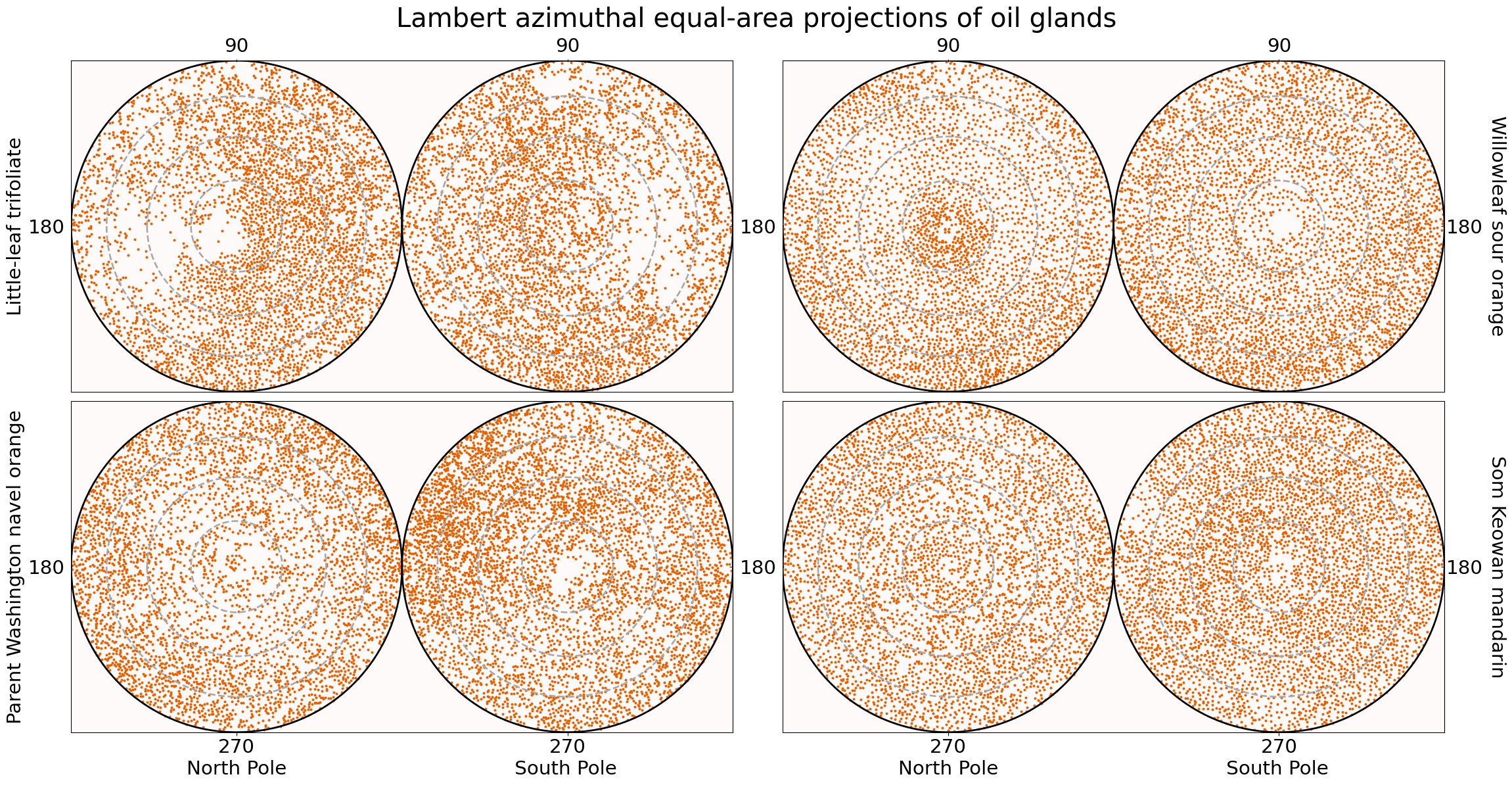 --- background-image: url("../../citrus/ellipsoids/GarciaPortugues_etal_2020a.png") background-size: 200px background-position: 98% 15% # Uniform and rotationally symmetric spherical distributions 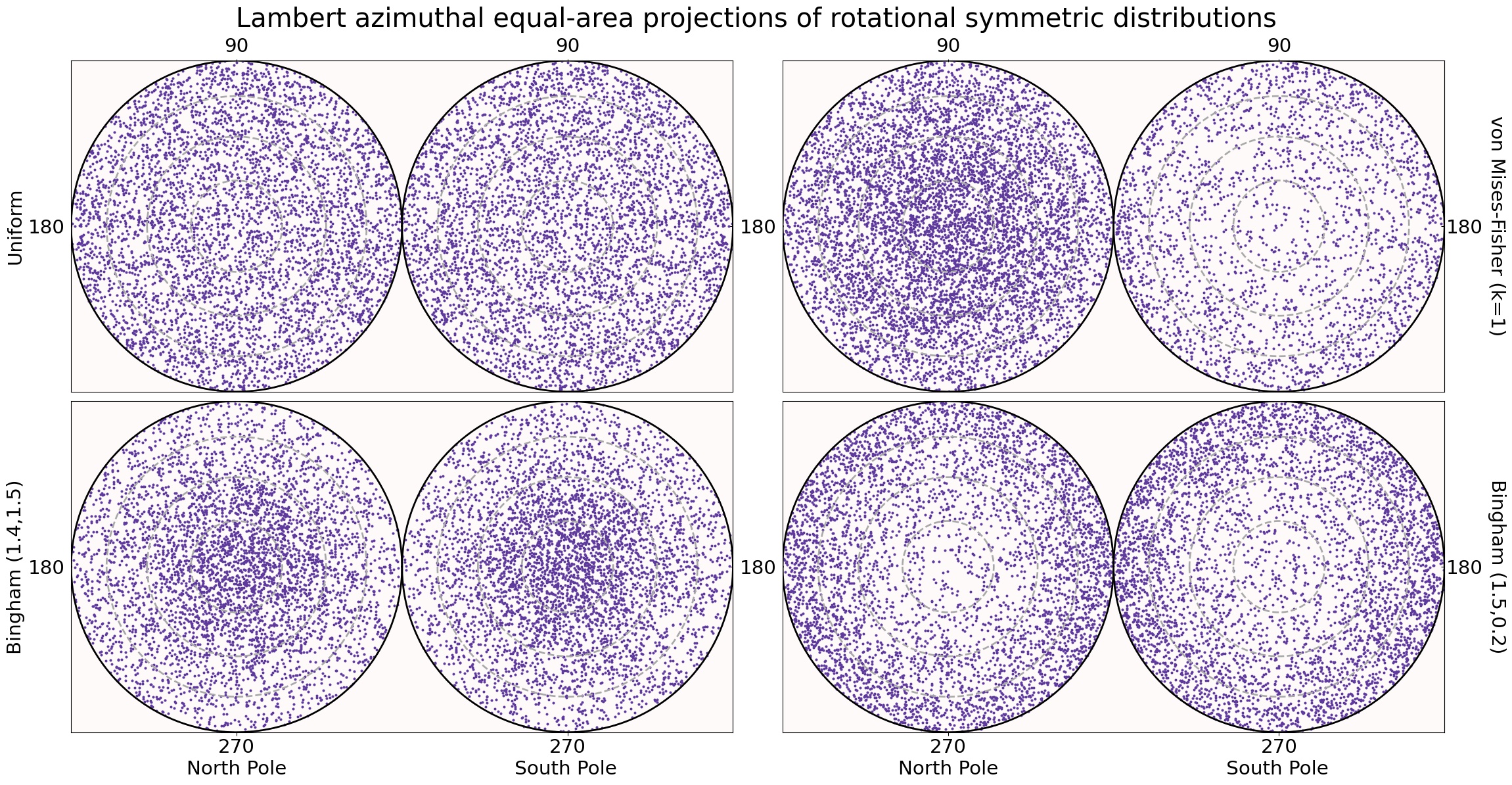 - A battery of tests reveal that citrus oil glands are neither uniformly nor rotationally symmetrically distributed. --- background-image: url("../../citrus/ellipsoids/GarciaPortugues_2013.png") background-size: 300px background-position: 99% 3% ## Spherical Kernel Density Estimators 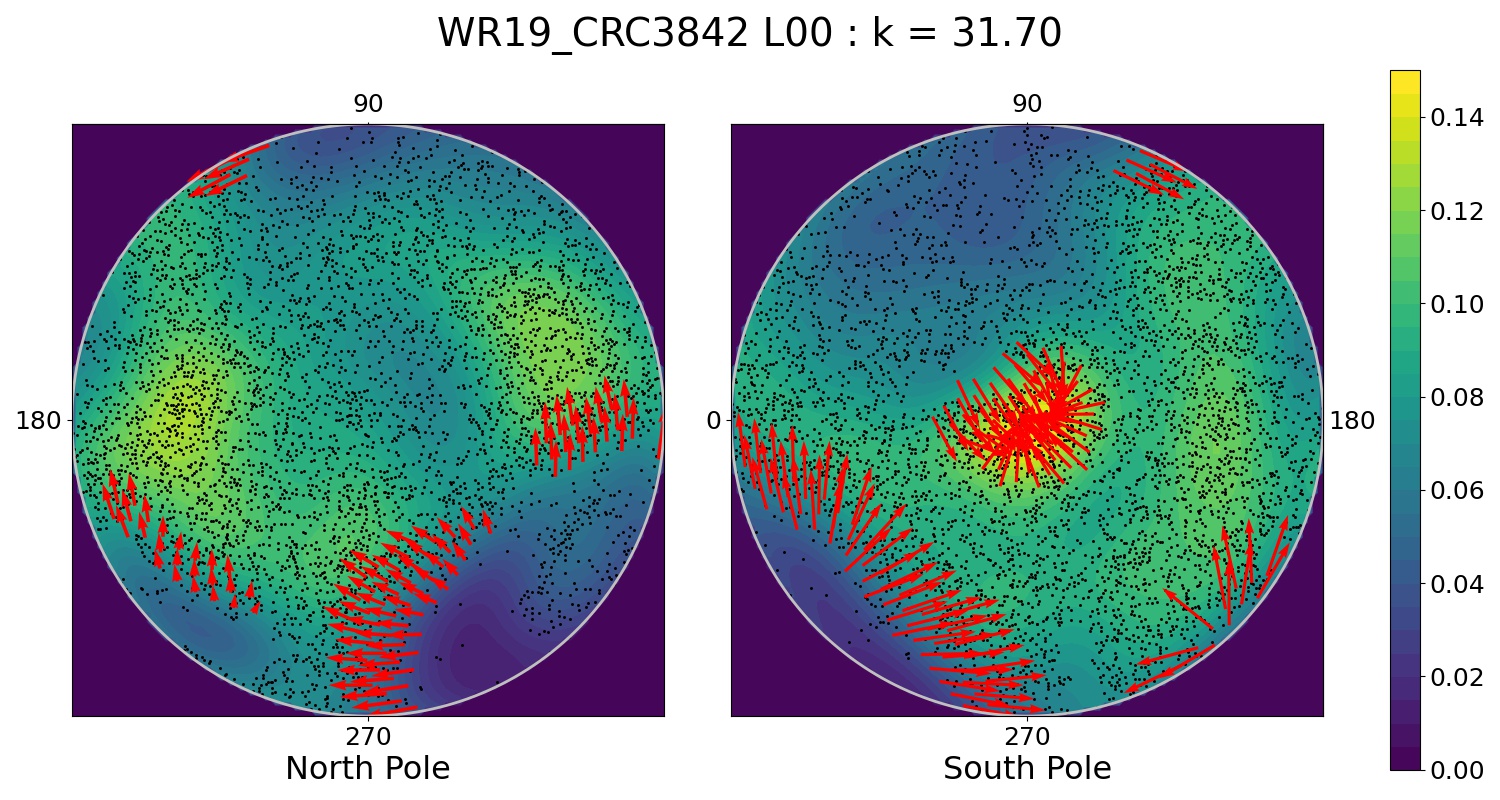 - Oil glands of a papeda - Red arrows indicate the most significant gradient values for the density function - Concentration parameter `\(k\)` is chosen to be optimal --- background-image: url("../../citrus/ellipsoids/Vuollo_and_Holmstrom_2018.png") background-size: 300px background-position: 95% 3% # More exploratory analysis ## SphereSiZer 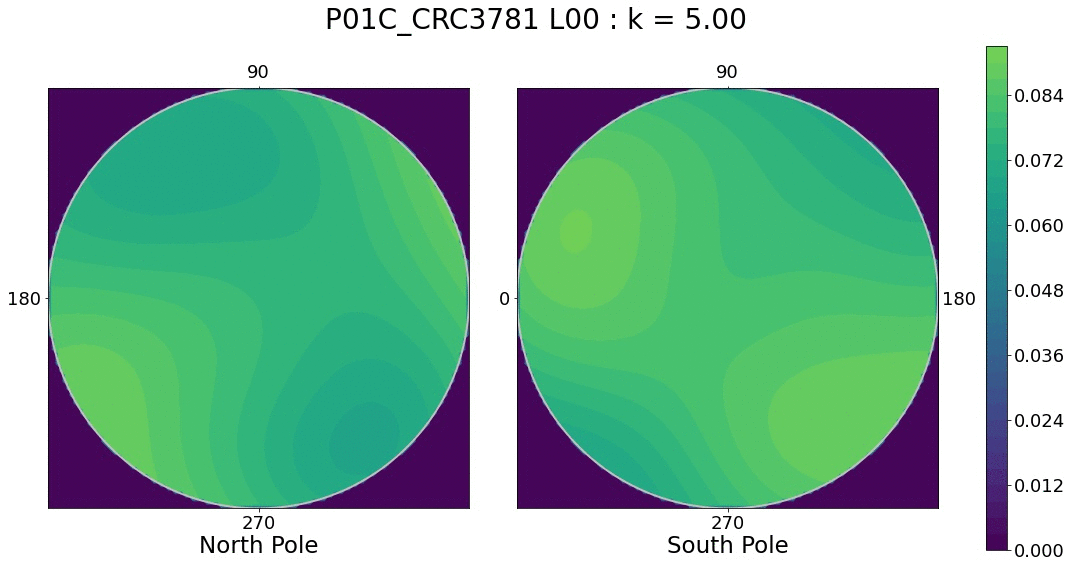 --- ## Distortions with elongated citrus: Kumquat  <img src="../../citrus/figs/WR02_CRC3877_12B-44-13_L00_geocentric_lazi.jpg" width="550" style="display: block; margin: auto;" /> --- class: inverse, center, middle # Future directions ## Ongoing projects --- # The wal(nu)tzing nutcracker! <div class="row" style="margin: 0 auto;"> <div class="column" style="max-width:25%; color: Navy; font-size: 15px;"> <img src="../../walnuts/figs/2014SBa_R5_T81_shell_1.gif"> <p style="text-align: center;"> Shell </p> </div> <div class="column" style="max-width:25%; color: Navy; font-size: 15px;"> <img src="../../walnuts/figs/2014SBa_R1_T3_001_air.gif"> <p style="text-align: center;"> Air </p> </div> <div class="column" style="max-width:25%; color: Navy; font-size: 15px;"> <img src="../../walnuts/figs/2014SBa_R1_T3_001_vein.gif"> <p style="text-align: center;"> Packing </p> </div> <div class="column" style="max-width:25%; color: Navy; font-size: 15px;"> <img src="../../walnuts/figs/2014SBa_R5_T81_meat_2.gif"> <p style="text-align: center;"> Kernel </p> </div> </div> .pull-left[ - The walnuts were later cracked open and the force required was recorded - Breeding walnuts that are easy to crack open ] .pull-right[ 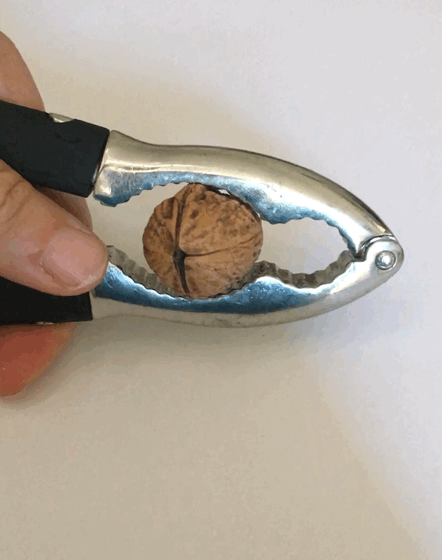 ] --- ### Grand challenge: genotype (DNA) ↔ phenotype (shape) Leaf development in Arabidopsis: the guinea pig of plant biology .pull-left[ <img src="../../arabidopsis/figs/Day7_110921_Col_0_X_pot3_leaf_X.gif" width="225" style="display: block; margin: auto;" /><img src="../../arabidopsis/figs/Day7_110921_U112-3_pot0_leaf_X.gif" width="225" style="display: block; margin: auto;" /> ] .pull-right[ 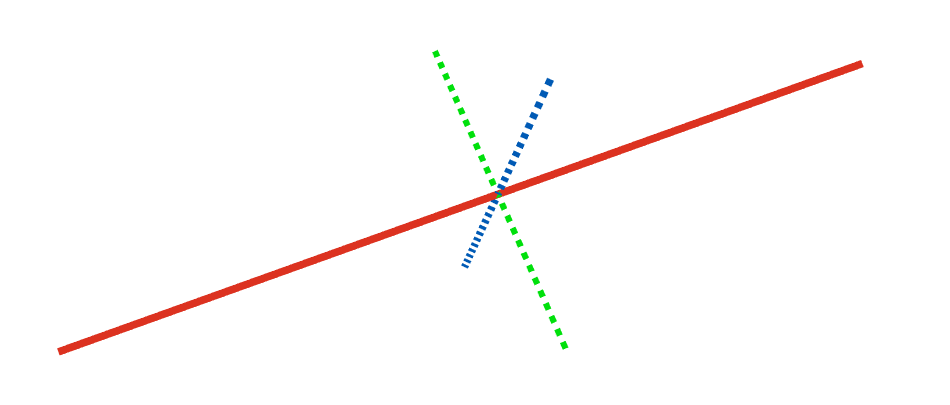  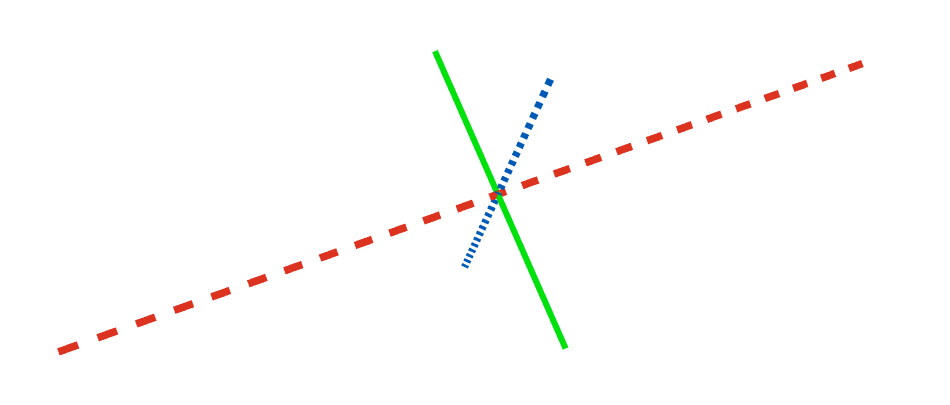 ] --- ## The shape of proteins - Analyze the morphology of 3M protein structures available from open repositories - The shape of molecular coupling/decoupling .pull-left[ 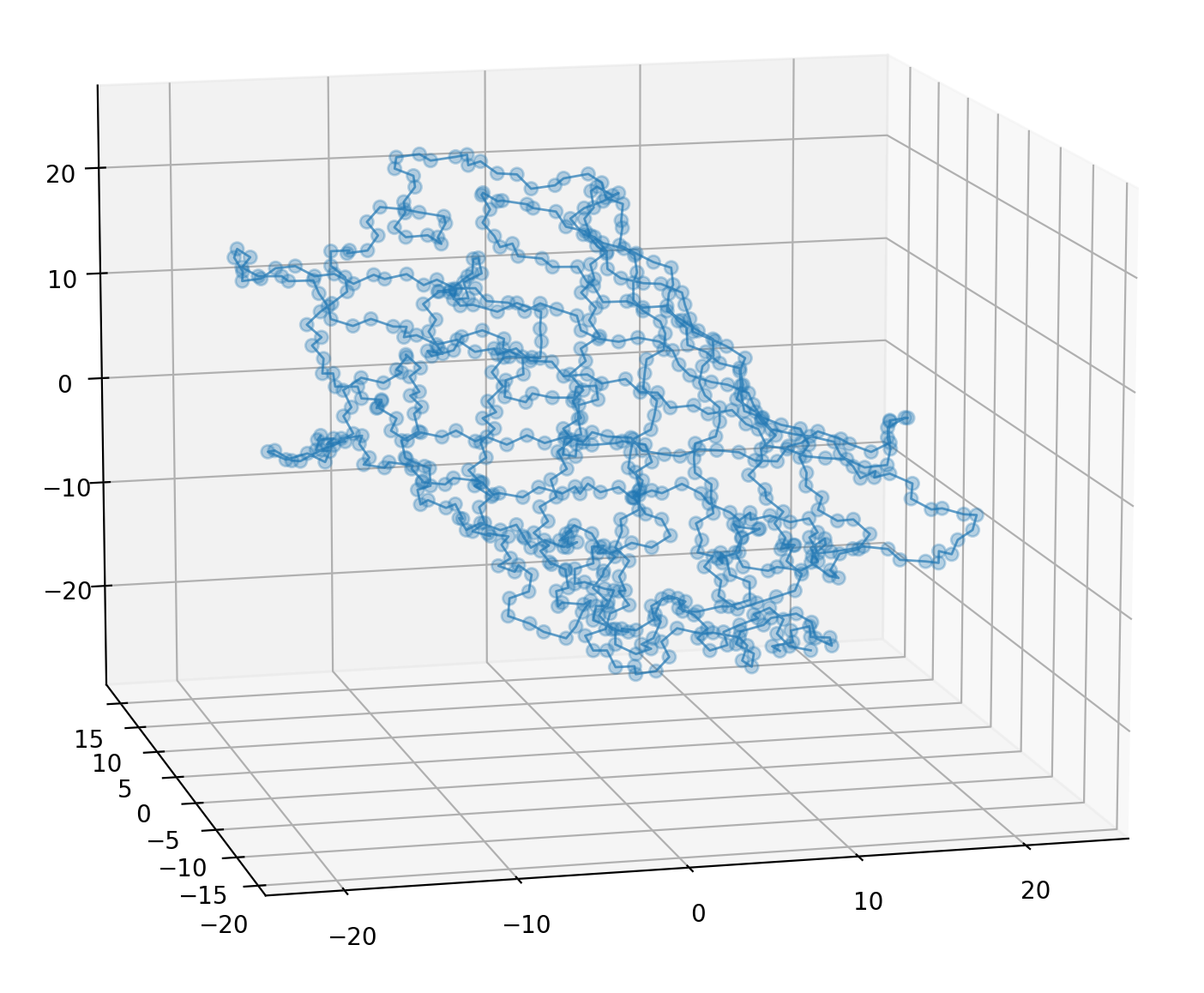 ] .pull-right[  ] --- background-image: url("../../img/phd_institutional_logos.jpg") background-size: 500px background-position: 95% 1% class: inverse ## Thank you! <div class="row" style="margin-top: -25px;"> <div class="column" style="max-width:19.5%; font-size: 13px;"> <img style="padding: 0 0 0 0;" src="https://i1.rgstatic.net/ii/profile.image/607374528233472-1521820780707_Q128/Elizabeth-Munch.jpg"> <p style="text-align: center; color: White">Elizabeth Munch<br>(MSU)</p> <img style="padding: 0 0 0 0;" src="https://alga.win.tue.nl/images/staff/tim.jpg"> <p style="text-align: center; color: White">Tim Ophelders<br>(Utrecht)</p> <img style="padding: 0 0 0 0;" src="../figs/S017_L0_seed_10_0.gif"> </div> <div class="column" style="max-width:19.5%; font-size: 13px;"> <img style="padding: 0 0 0 0;" src="https://www.canr.msu.edu/contentAsset/image/9ae9777d-157c-46e6-9f12-d062ad35671e/fileAsset/filter/Jpeg,Resize,Crop/jpeg_q/80/resize_w/400/crop_x/0/crop_y/45/crop_w/400/crop_h/400"> <p style="text-align: center; color: White">Dan Chitwood<br>(MSU)</p> <img style="padding: 0 0 0 0;" src="https://i1.rgstatic.net/ii/profile.image/926632407748609-1597937790454_Q128/Michelle-Quigley.jpg"> <p style="text-align: center; color: White">Michelle Quigley<br>(MSU)</p> <img style="padding: 0 0 0 0;" src="https://publons.com/media/thumbs/academic/photos/252a7116-ee14-4a5e-b44c-7c62ac11e217.png.200x200_q95_crop_detail_upscale.png"> <p style="text-align: center; color: White">Jacob Landis<br>(Cornell)</p> </div> <div class="column" style="max-width:14%; font-size: 13px;"> <img style="padding: 0 0 0 0;" src="https://plantbiology.ucr.edu/sites/g/files/rcwecm1001/files/styles/scale_225/public/Koenig.jpg?itok=P92Ow61p"> <p style="text-align: center; color: White">Dan Koenig<br>(UC Riverside)</p> <img style="padding: 0 0 0 0;" src="https://iigb.ucr.edu/sites/g/files/rcwecm5716/files/styles/scale_225/public/Seymour.jpg?itok=pnUK_orh"> <p style="text-align: center; color: White">Danelle Seymour<br>(UC Riverside)</p> <img style="padding: 0 0 0 0;" src="../../citrus/figs/SR01_L01_black_exocarp.gif"> </div> <div class="column" style="width:10%; font-size: 24px;"> </div> <div class="column" style="max-width:30%; font-size: 24px; line-height:1.25"> <p style="text-align: center; color: White"><strong>Email</strong></p> <p style="text-align: center; color: Yellow">amezqui3@msu.edu</p> <p style="text-align: center; color: White"><strong>Website and slides</strong></p> <p style="text-align: center; color: Yellow">egr.msu.edu/~amezqui3</p> <p style="text-align: center; color: White"><strong>References</strong></p> <ul style="font-size: 12px"> <li><strong>E.A.</strong> <em>et al.</em> (2022) The shape of aroma: measuring and modeling citrus oil gland distribution. <a href="https://doi.org/10.1002/ppp3.10333" target="_blank">DOI: 10.1002/ppp3.10333</a></li> <li><strong>E.A.</strong> <em>et al.</em> (2021) Measuring hidden phenotype: Quantifying the shape of barley seeds using the Euler Characteristic Transform. <a href="https://doi.org/10.1093/insilicoplants/diab033" target="_blank">DOI: 10.1093/insilicoplants/diab033</a></li> </ul> <p style="text-align: center; color: White; font-size:15px; line-height:1.1">Slides made in xaringan and rmarkdown</p> </div> </div>